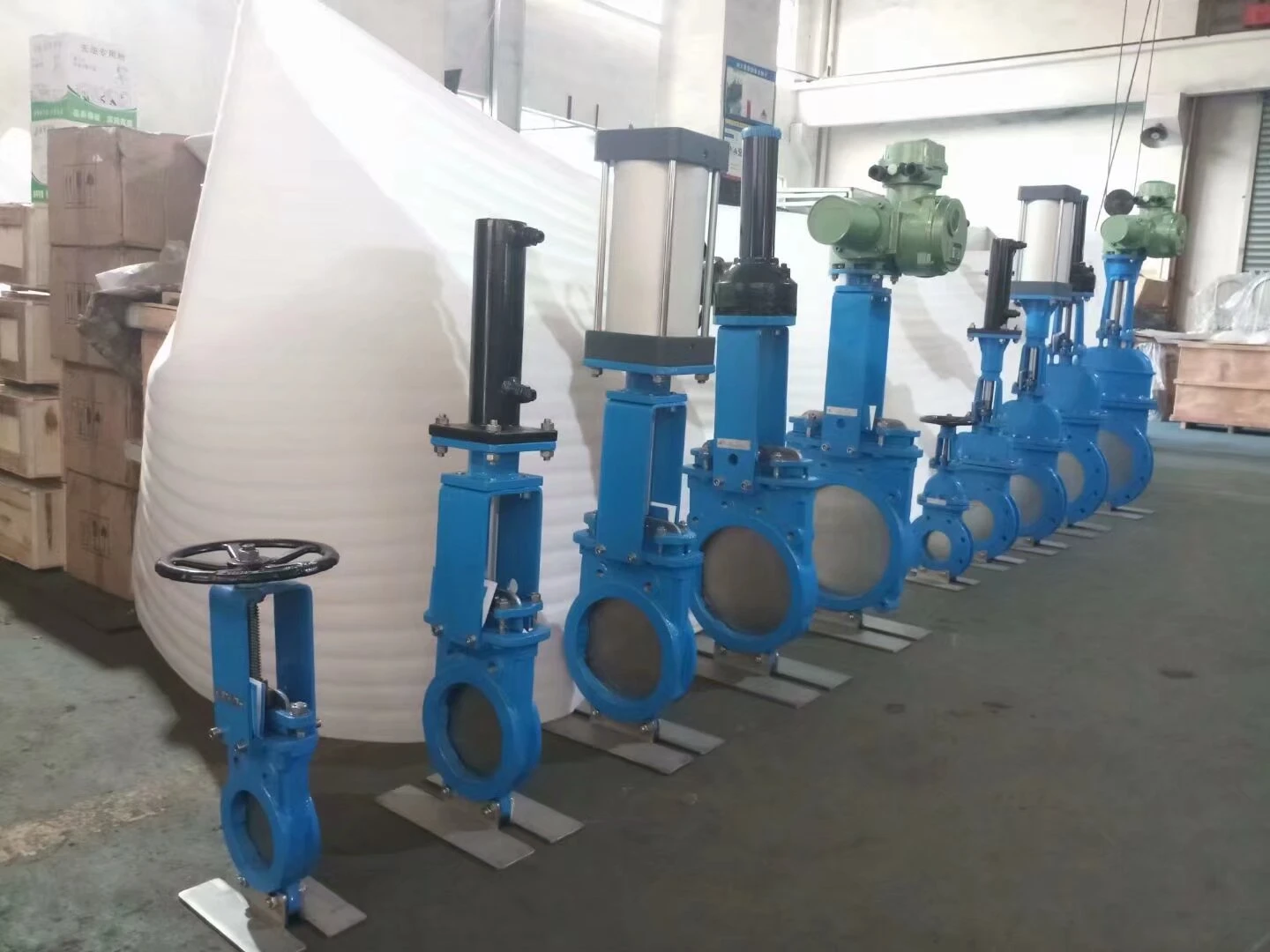pressure independent balancing control valve
Understanding Pressure Independent Balancing Control Valves
In modern HVAC (Heating, Ventilation, and Air Conditioning) systems, ensuring efficient thermal comfort while managing energy consumption is paramount. One vital component that aids in achieving this balance is the pressure independent balancing control valve (PIBCV). This innovative valve design offers numerous benefits that enhance the performance and reliability of heating and cooling systems in commercial and residential applications.
What is a Pressure Independent Balancing Control Valve?
A pressure independent balancing control valve is designed to precisely maintain the flow rate through a terminal unit, regardless of fluctuations in the system pressure. Unlike traditional balancing valves, which can only control flow by adjusting to pressure changes, PIBCVs utilize an internal mechanism that allows them to self-adjust. This feature ensures that the designed flow rate is maintained even when upstream or downstream pressures vary due to the operation of other system components.
How Does it Work?
The core functionality of a PIBCV lies in its simple yet effective design. These valves integrate a control device with a flow rate limiting feature. When the pressure in the system changes, the PIBCV's internal diaphragm or actuator responds accordingly. This allows the valve to either open or close slightly to maintain the set flow rate of water. As a result, the end users receive optimal performance without the need for constant manual adjustments, which are common with traditional valves.
Advantages of PIBCVs
1. Enhanced Energy Efficiency By maintaining consistent flow rates, PIBCVs reduce energy wastage. Heating or cooling systems operate more efficiently, translating to lower energy bills and a reduced carbon footprint.
pressure independent balancing control valve

2. Improved Comfort Consistent flow rates lead to stable temperatures across spaces. This ensures that areas receive the intended heating or cooling output, enhancing overall comfort for occupants.
3. Ease of Installation and Maintenance PIBCVs often have fewer moving parts than conventional systems, which can simplify installation and reduce maintenance needs. Additionally, these valves can often be pre-set in the factory, making them easier to implement in various applications.
4. Flexibility in System Design The self-regulating nature of PIBCVs allows for more adaptable piping layouts and system configurations. This flexibility can lead to simpler designs that save on material costs and reduce installation time.
5. Better System Performance Monitoring Many PIBCVs come equipped with built-in pressure sensors and flow meters. This allows for real-time monitoring of system performance, enabling quick detection of issues or inefficiencies.
Applications
Pressure independent balancing control valves are utilized in a range of settings, including commercial buildings, hospitals, and large residential complexes. Their ability to handle varying demands without compromising flow rates makes them ideal for systems requiring precise temperature control, such as fan coil units, terminal units, and chilled beams.
Conclusion
As the demand for sustainable and efficient HVAC systems continues to grow, pressure independent balancing control valves emerge as a critical component in achieving these goals. Their unique ability to maintain constant flow rates amidst pressure fluctuations not only improves energy efficiency but also enhances occupant comfort and system reliability. As technology advances, we can expect further innovations in PIBCVs, leading to even greater efficiencies and performance in HVAC design and operation. For engineers and facility managers seeking to optimize their buildings' heating and cooling processes, understanding and implementing PIBCV technology is a worthwhile investment in future-ready system design.
-
The Key to Fluid Control: Exploring the Advantages of Ball Valves in Industrial SystemsNewsJul.09,2025
-
The Versatile World of 1, 2, and 3 Piece Ball ValvesNewsJul.09,2025
-
Stainless Steel Ball Valves: The Ideal Choice for Efficient Flow ControlNewsJul.09,2025
-
Optimizing Fluid Control with Ball Float ValvesNewsJul.09,2025
-
Manual Gate Valves: Essential for Control and EfficiencyNewsJul.09,2025
-
Everything You Need to Know About Butterfly ValvesNewsJul.09,2025
-
The Versatility of Wafer Type Butterfly ValvesNewsJul.08,2025




